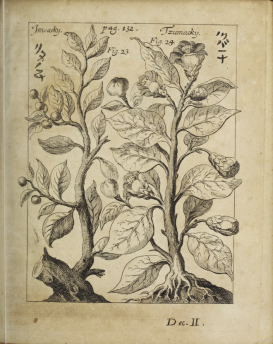In 1652, the Academia Naturae Curiosorum, the scientific academy today known as the Leopoldina, was founded in Schweinfurt with the aim of bringing together scientists from across the large geographic space of Germany and beyond. The focus of these scientists’ work was the natural world as it pertained to medicine, making res naturae—animals, vegetables, and minerals—the main subject matter of their inquiries. When the Academy’s journal Miscellanea Curiosa was established, naturalists published their observations (observationes) on cases relating to nature, especially medicine.
What were the epistemic values that informed the genre of observationes, and how did those values change over time? Connecting the disciplines of history of science and history of philosophy, my research project examines the concepts of experience (experientia, Erfahrung) and observation (observatio, Beobachtung) and analyzes the emerging hierarchy between them. I do so by embedding these concepts within a cultural history of the founding of the Academia Naturae Curiosorum. What motivated the academy’s founders in Schweinfurt and the authors of the observations? Was it the influence of a German Protestant attitude, their common experiences of studying in Padua, a tension between medical philosophy and Aristotelian philosophy, or a combination of all these factors?

